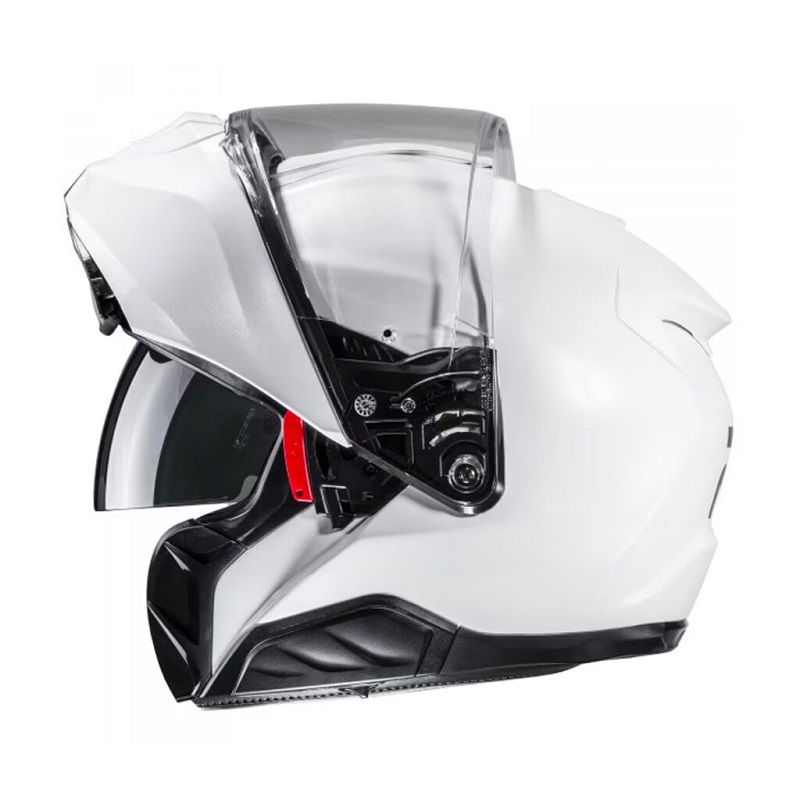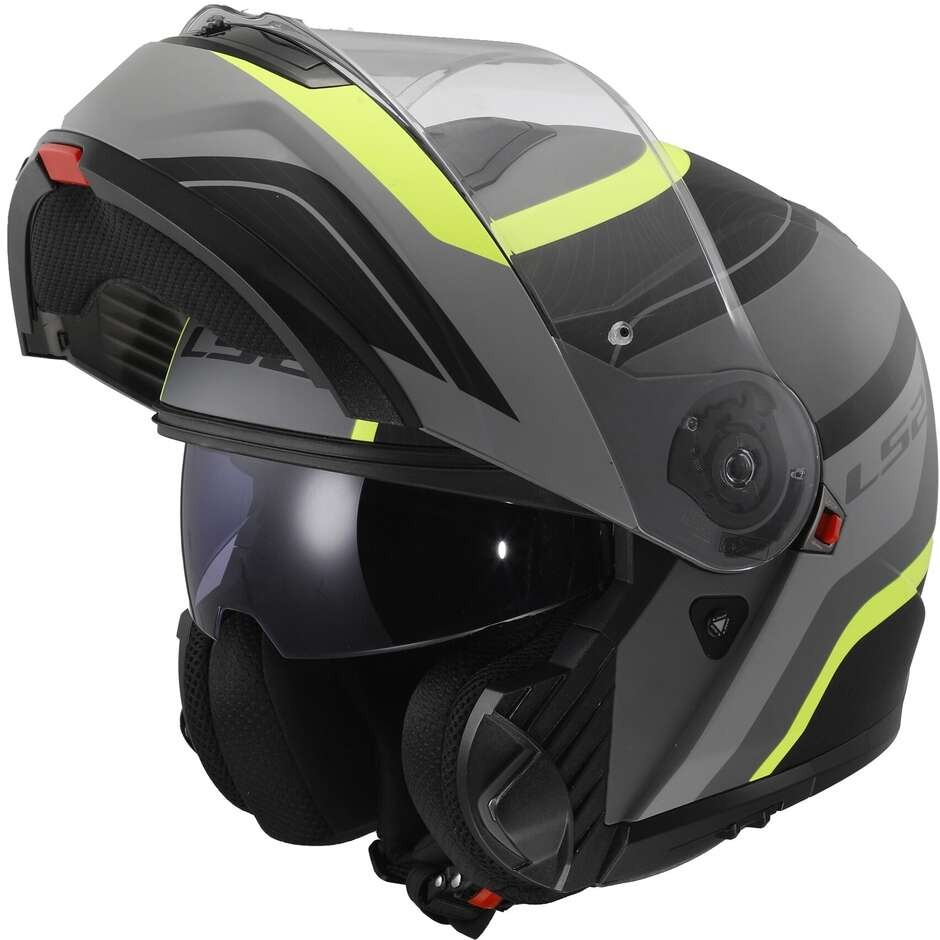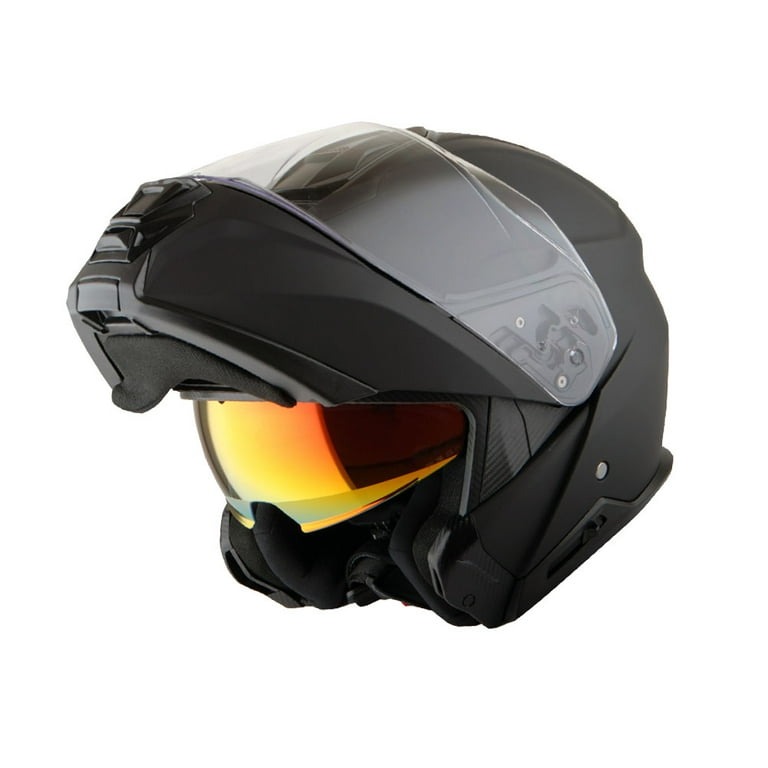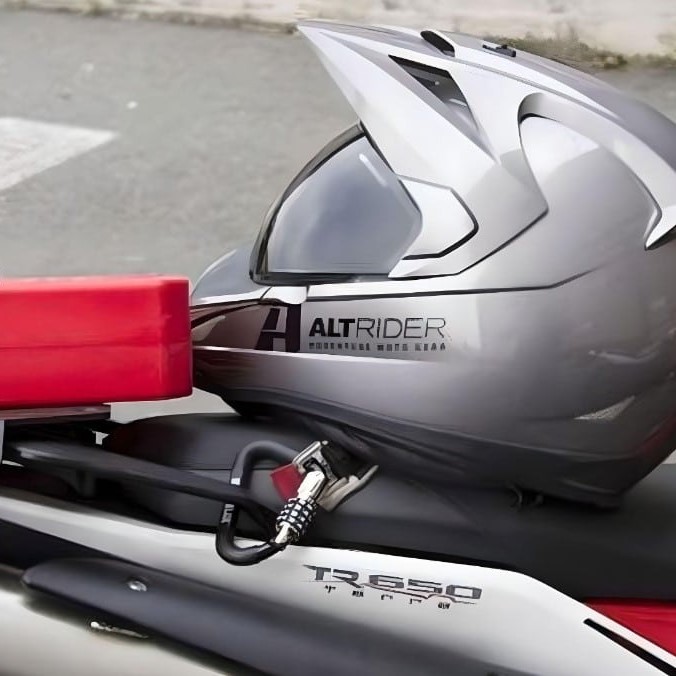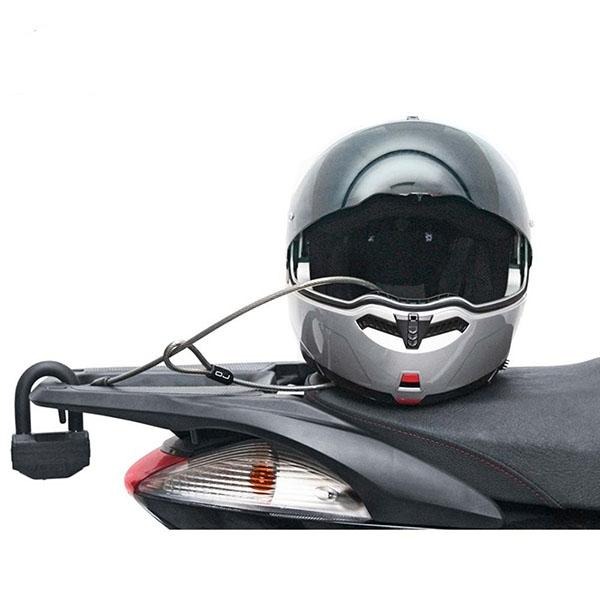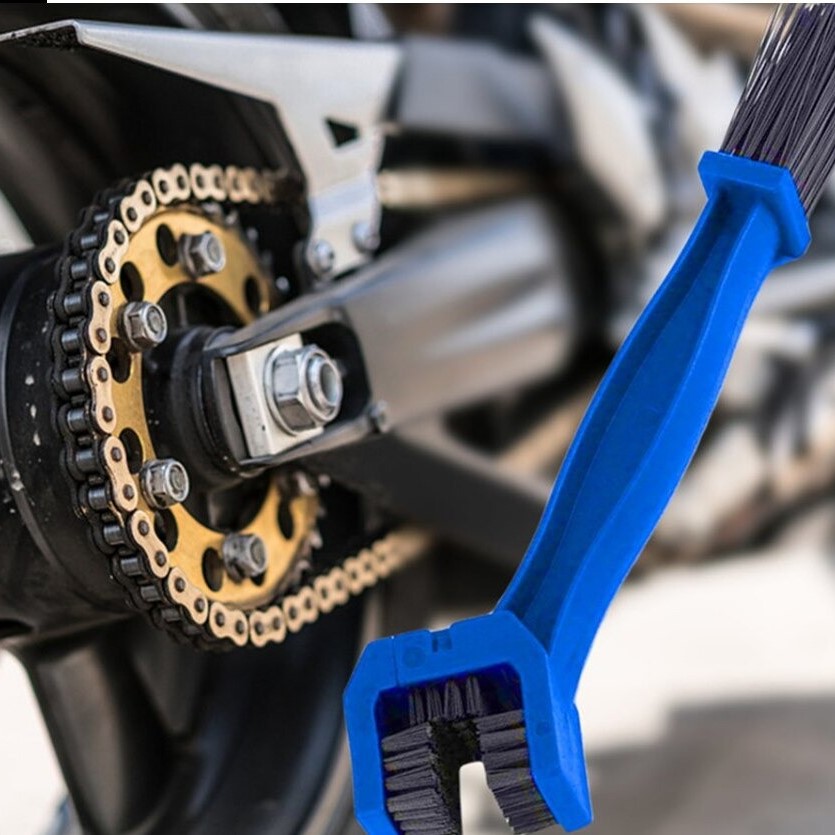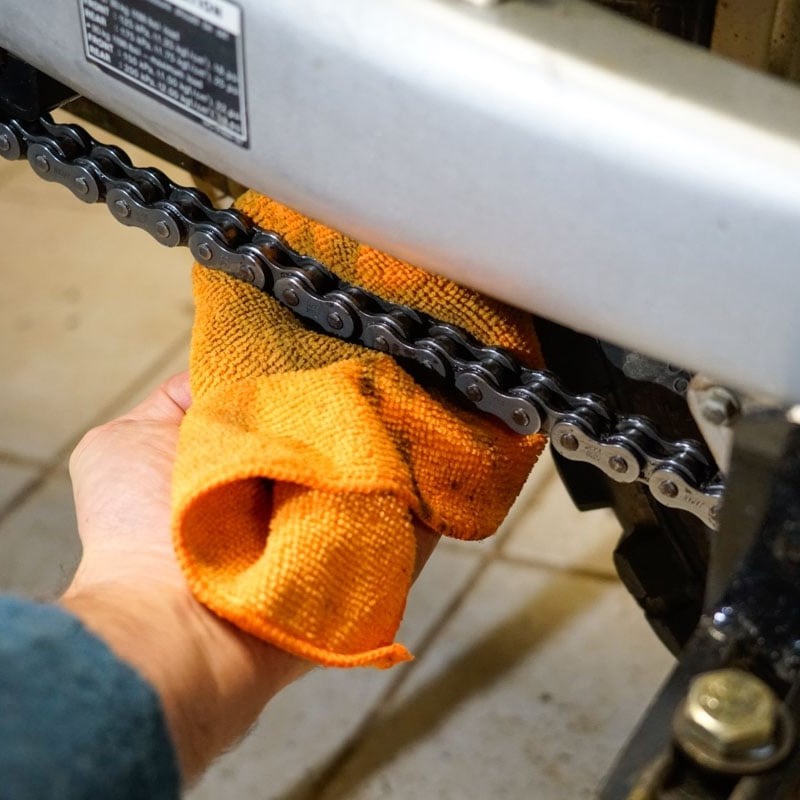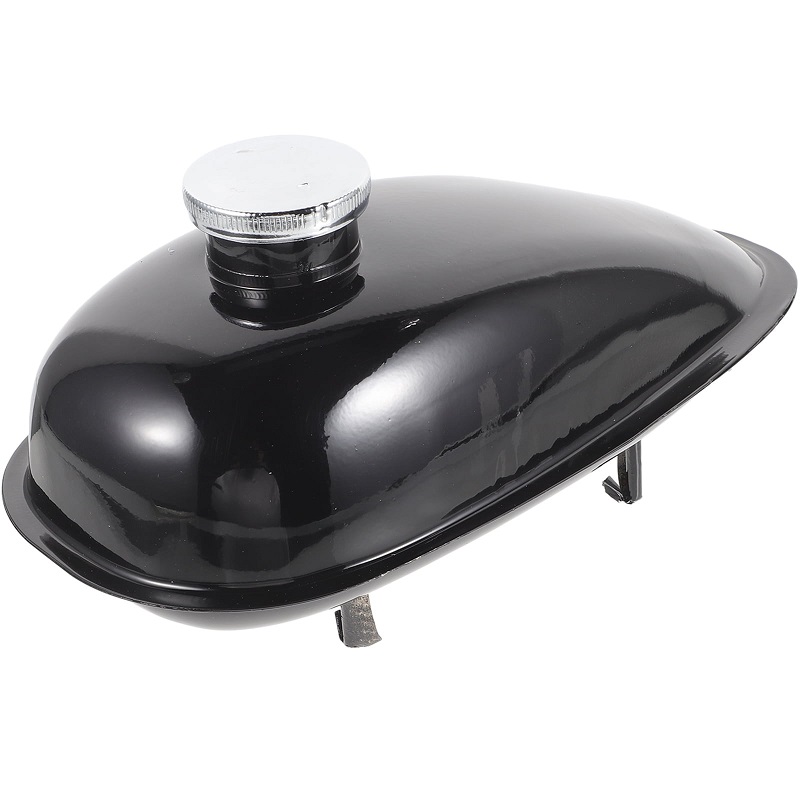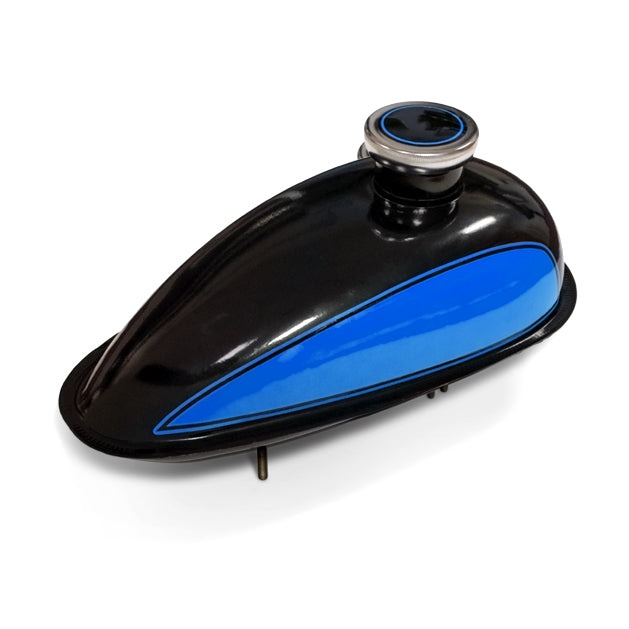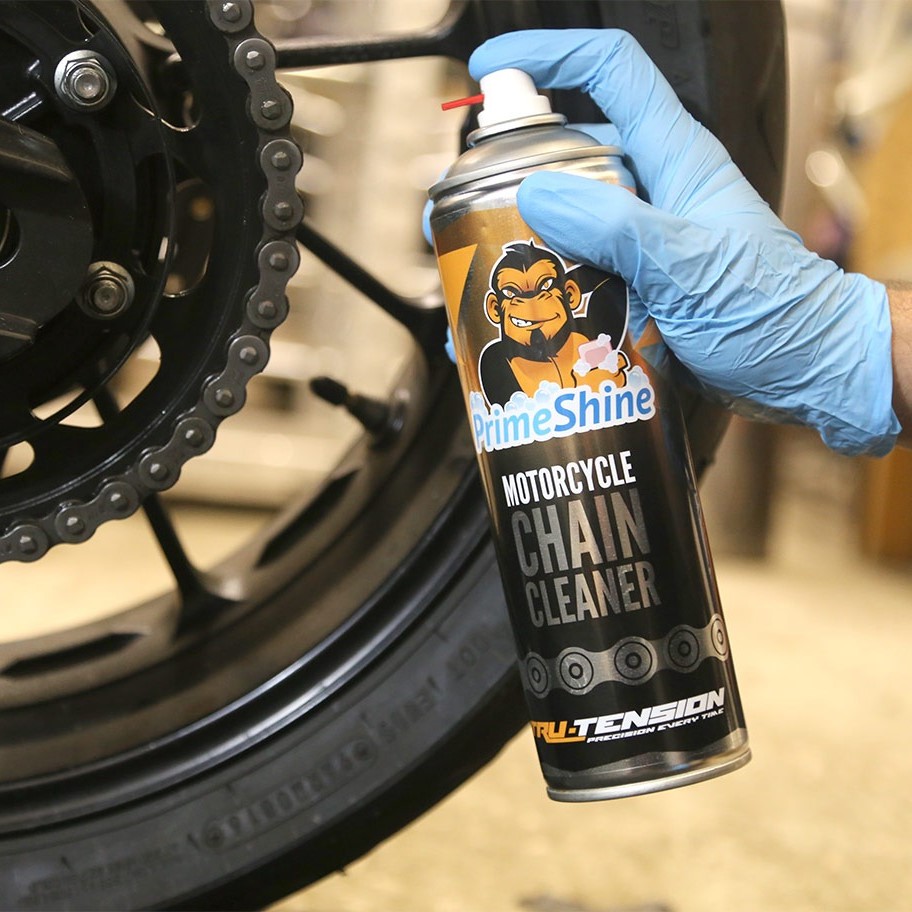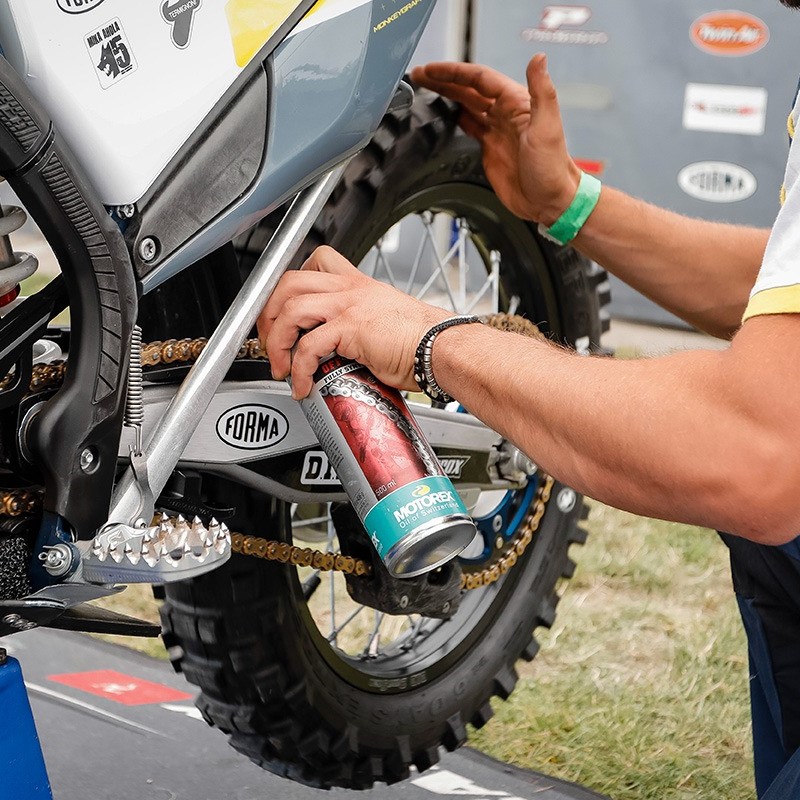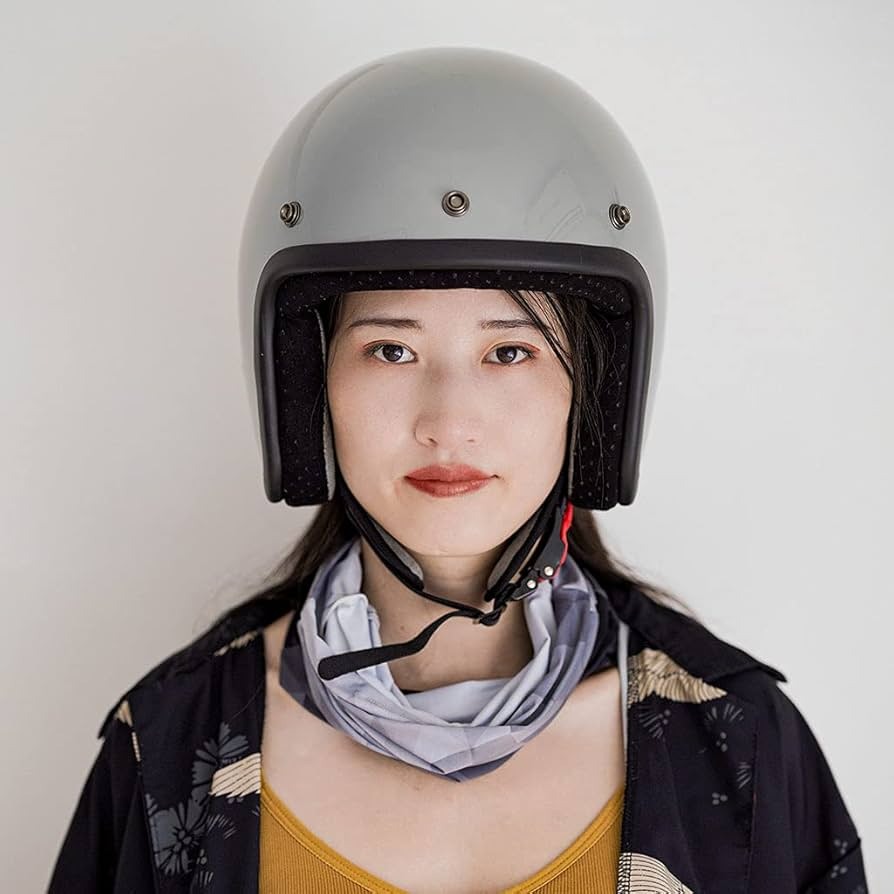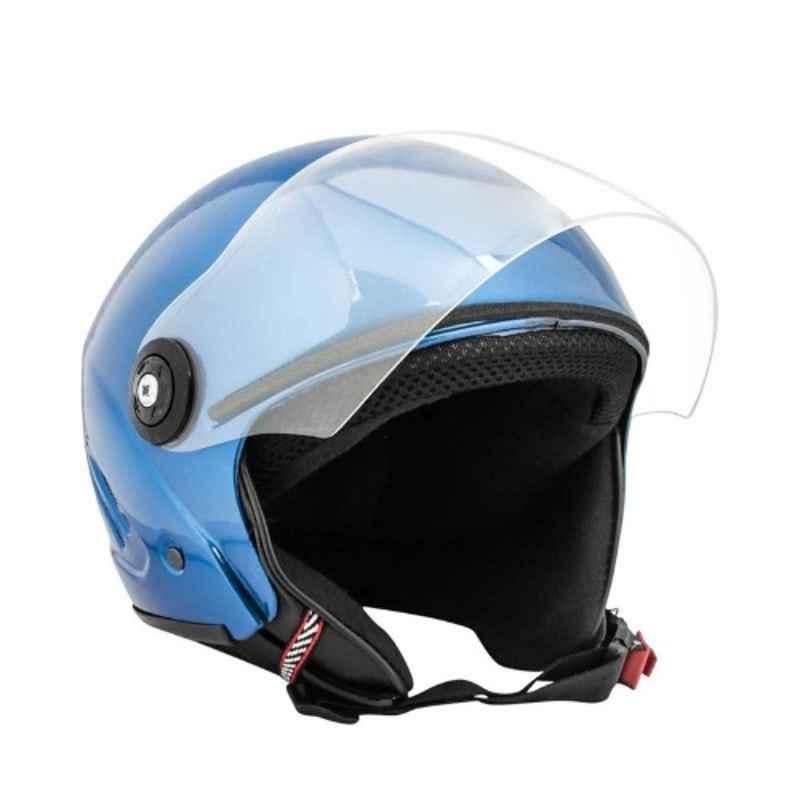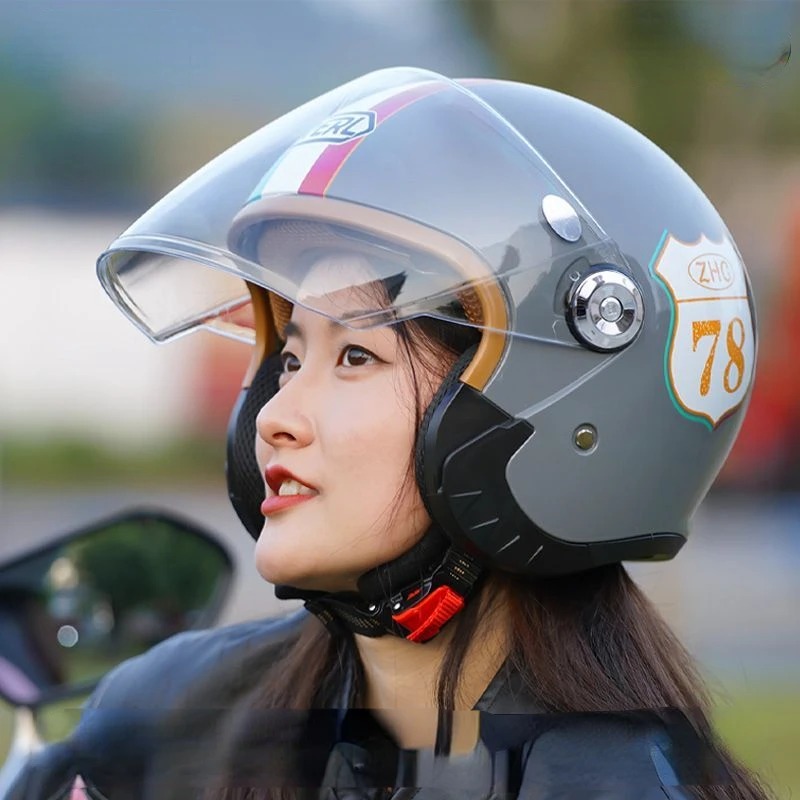Dec 26, 2024
What is the Safest Motorcycle Helmet: A Comprehensive Guide
When it comes to motorcycle safety, one of the most crucial pieces of gear is undoubtedly the helmet. But what is the safest motorcycle helmet? Understanding the elements that contribute to a helmet’s safety can help riders make informed choices. Below are several key points that define what makes a motorcycle helmet safe.
Criteria for Choosing a Safe Motorcycle Helmet
Choosing a safe motorcycle helmet is critical for every rider’s safety. When looking for a helmet, consider these key factors:
- Safety Certification: Look for helmets that are approved by recognized safety standards like DOT, ECE, or SNELL.
- Fit and Comfort: The helmet should fit snugly without causing discomfort. An ill-fitting helmet can compromise safety.
- Helmet Construction: Understand the differences in materials. Carbon, composite, and fiberglass offer high protection. Thermoplastics are common and can be very safe too.
- Visibility: A helmet with a wide visor aperture improves visibility significantly, reducing the risk of an accident.
- Chin Guard: For modular helmets, a sturdy chin guard is essential. It should remain closed during impact.
- Retention System: A reliable strap system will ensure the helmet stays on your head during a crash.
- Ventilation: Good airflow keeps you comfortable and focused on the road.
- Weight: A lighter helmet can be more comfortable but must not compromise on safety.
- Brand and Quality: Choose reputable brands that have a track record of rigorous testing and high safety ratings.
- SHARP Ratings: Consider helmets rated by SHARP for their safety efficacy. They provide detailed test results and ratings.
- Price: Remember, the most expensive helmet is not always the safest. Look for high SHARP ratings over premium pricing.
- Design and Features: Additional features like anti-fog visors and sunshades can enhance safety.
Each factor plays a pivotal role in ensuring that your helmet provides maximum protection. Always wear a helmet that meets high safety standards, fits correctly, and is comfortable for long rides.
The Role of SHARP in Helmet Safety Ratings
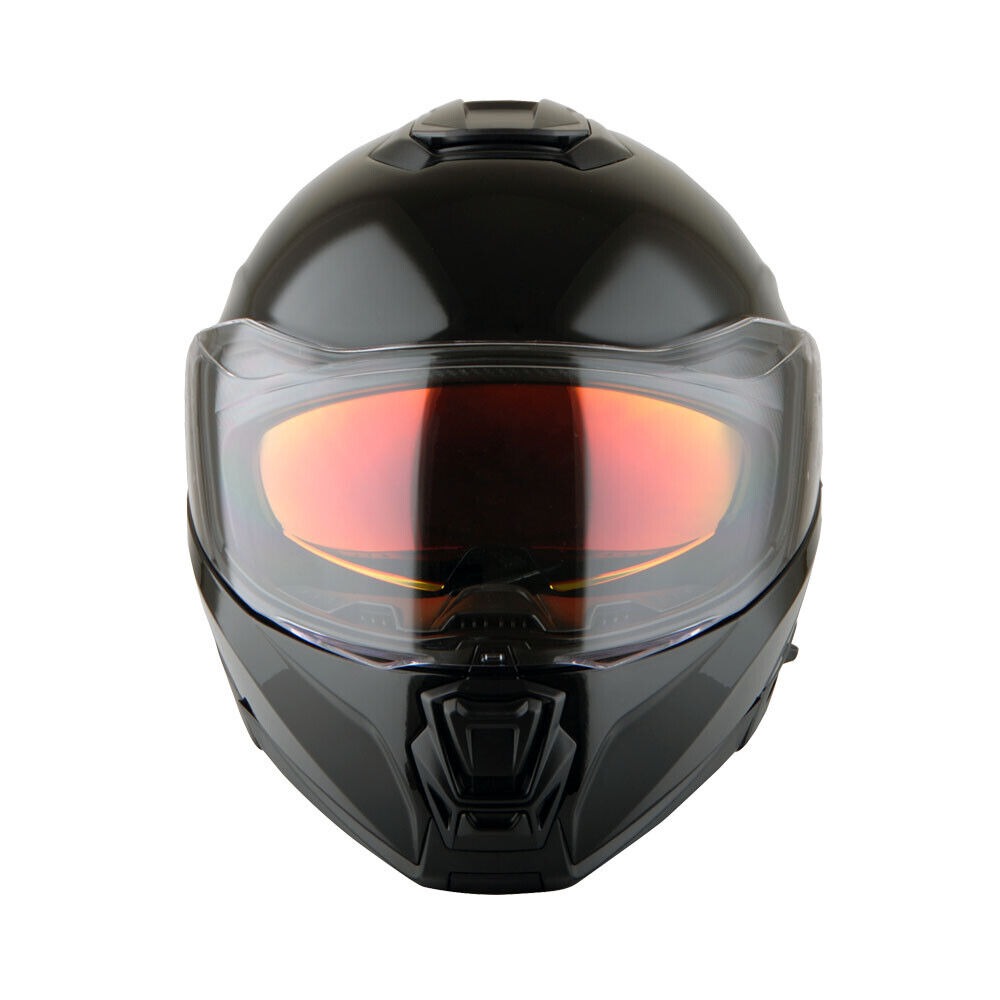
SHARP, the Safety Helmet Assessment and Ratings Program, plays a pivotal role in motorcycle helmet safety. As a UK government initiative, it provides standardized assessments of helmet safety. This program tests helmets in conditions that mimic real-world impacts. Importantly, it helps riders choose helmets based on solid data, not just brand or price. SHARP rates helmets from one to five stars. Five stars indicate the highest safety rating. With these ratings, riders can compare different brands and models directly. SHARP also examines specific features like chin guards in modular helmets. Their data shows whether these features stay secure during accidents. In summary, SHARP’s role is crucial for anyone looking to buy a safe motorcycle helmet. It offers the necessary information to make informed decisions based on safety.
The Debate: Price vs. Safety in Motorcycle Helmets
When shopping for motorcycle helmets, riders often face a common question: Should they prioritize price or safety? Indeed, it’s a significant debate among the biking community. To make the right choice, riders must be well-informed and consider several important points.
- Perception of Safety: Expensive helmets can give a sense of better safety. However, this perception is not always accurate. Helmet safety is more complex than just price.
- Comprehensive Safety Standards: A higher price tag doesn’t guarantee compliance with advanced safety standards. Look for DOT, ECE, or SNELL certifications, regardless of the cost.
- Affordable Options: SHARP has rated many helmets with a 5-star safety rating that are quite affordable. Price is not the sole indicator of a helmet’s safety profile.
- Material Costs; Helmets made with high-tech materials like carbon fiber are often more expensive. Yet, some thermoplastic helmets score very well in safety tests at a lower price.
- Research is Key: Researching helmet tests and gathering data from agencies like SHARP can guide you to safe helmet options that may not break the bank.
- Brand Reputation: Trusted helmet brands have consistently scored high in safety. Choose a brand known for quality, but remember to check their individual models for safety ratings.
- Diminishing Returns: Paying more does not always mean better quality or increased safety. Often, middle-priced helmets offer the best balance of cost and protection.
- Informed Decisions: Use resources like the SHARP database to compare helmets based on safety instead of assuming that higher cost equals higher safety.
In summary, finding the safest motorcycle helmet involves looking beyond the price. Certifications, brand reputation, material quality, and independent ratings all play a role in determining the best option for rider safety. By examining these factors, riders can confidently choose a helmet that ensures protection without overspending.
Comparing Helmet Materials: Carbon, Composite, Fiberglass, and Thermoplastics
In the hunt for the safest motorcycle helmet, materials matter. Helmets come in various materials, each with pros and cons. Let’s break down the most common materials: carbon, composite, fiberglass, and thermoplastics.
Carbon
Carbon material features in high-end helmets. It’s known for being light and strong. Carbon fiber helmets often get top safety ratings like those by SHARP. Though pricy, they provide superior protection at a reduced weight.
Composite
Composite materials are a mix, often including fibers like Kevlar. These helmets are sturdy and generally score well in safety tests. Prices range, but they are typically less costly than pure carbon helmets.
Fiberglass
Fiberglass helmets blend cost-effectiveness with good safety features. They usually weigh more than carbon helmets but less than thermoplastic ones. This material often provides a good balance between price and protection.
Thermoplastics
Thermoplastics, like polycarbonate, are the most common and affordable. They can provide excellent protection, evident in SHARP’s safety ratings. However, they tend to be heavier, which some riders might find less comfortable.
Material choice impacts safety, comfort, and cost. Research and SHARP ratings can guide you to the safest choice within your budget. Always consider how material affects the helmet’s overall safety profile. For the safest motorcycle helmet, prioritize material quality alongside other key factors like fit, comfort, and visibility.
Full-Face vs. Modular Helmets: Safety and Convenience Considered
When choosing a motorcycle helmet, riders often weigh the merits of full-face versus modular designs. Both styles offer unique benefits and downsides related to safety and convenience.
Full-Face Helmets
Top Safety: Full-face helmets provide the best coverage and protection, particularly during high-impact accidents. They cover the entire head and face, reducing the risk of facial injuries.
Visibility: They usually offer better wind and noise protection which can aid concentration while riding.
Modular Helmets
Flexibility: Modular, or flip-up, helmets have hinged chin bars. This allows riders to lift the front of the helmet, making it easier to talk, drink, or eat without taking the helmet off.
Weight and Safety: These helmets are heavier than full-face options and can be less safe. The flip-up mechanism might not be as secure as a one-piece full-face helmet during an impact.
While full-face helmets typically offer more in terms of safety, modular helmets provide convenience for riders who value flexibility. SHARP ratings show that on average, full-face helmets score higher in safety testing than modular ones. However, some modular helmets perform just as well as full-face models in safety tests. It’s essential to look at individual SHARP ratings to make the best choice.
Riders should consider how they prioritize safety and convenience. Those who ride in busy urban environments, for example, might appreciate the practical benefits of a modular helmet. On open roads, where high-speed impacts are more likely, a full-face helmet’s added protection might be more critical.
In the end, the decision between a full-face and modular helmet comes down to personal preference, intended use, and the specific safety ratings of the models being considered.
Understanding the Importance of Proper Chin Guard Function
When choosing a modular helmet, the chin guard’s function is crucial. This part protects your face during a crash. It must remain securely locked to ensure full protection. SHARP tests each helmet’s chin guard for its ability to stay locked during impacts. Their data reveal that not all chin guards perform equally. On average, chin guards stay locked 82% of the time. This means there’s a risk of them opening during an accident. High-performing helmets show better chin guard reliability. Always check SHARP ratings specifically for chin guard performance when selecting a modular helmet. This ensures you choose a helmet with a dependable chin guard, enhancing your safety.
Top Performing Motorcycle Helmet Brands for Safety
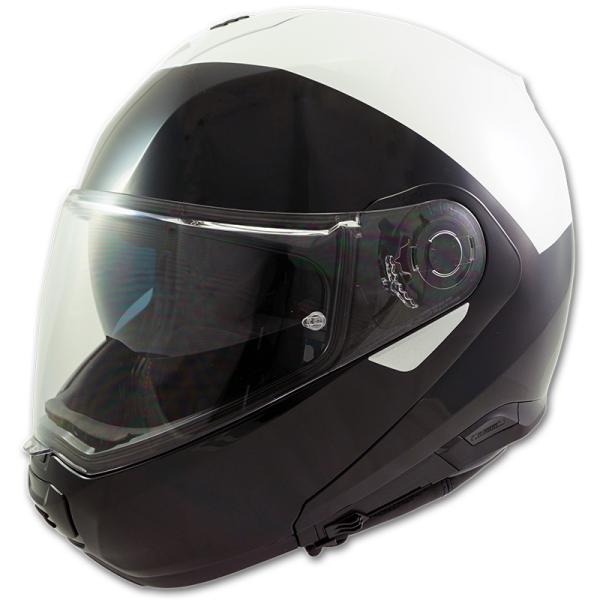
When selecting a motorcycle helmet, knowing which brands consistently deliver on safety can greatly influence your decision. Based on rigorous SHARP data and real-world testing, several brands have established themselves as top performers in helmet safety.
- AGV: This brand consistently ranks high, with several of their helmets achieving the maximum five stars in SHARP tests. AGV helmets blend safety with Italian design and are a favorite among riders.
- Shoei: Known for exceptional build quality and comfort, Shoei also scores well in safety ratings. Their helmets often exceed safety standards, providing peace of mind to riders.
- Shark: With a range of carbon helmets that average 4.6 stars in SHARP ratings, Shark helmets are recognized for their safety and innovation.
- Bell: A historic brand with a modern take on helmet safety. Bell helmets are often at the top with perfect scores for many of their full-face models.
- Nolan: Nolan is noteworthy for modular helmets with chin guards that have a 100% locking rate in tests. Their focus on safety is evident in their consistently high SHARP scores.
These brands have been identified through meticulous data analysis and testing. They offer helmets across a variety of materials, types, and price points, ensuring riders can find a safe helmet that suits their needs and budget. Always verify the latest SHARP ratings before making a purchase, as models and safety performances are regularly updated.
Weight Considerations: Balancing Safety and Comfort
When selecting a motorcycle helmet, considering its weight is essential. Both safety and comfort greatly depend on how much the helmet weighs. Heavier helmets might offer robust protection but can cause fatigue on long rides. Conversely, lighter helmets enhance comfort but should not compromise on safety.
Full-Face Helmets vs. Modular Helmets: Weight Differences
Full-Face Helmets are generally lighter than modular ones. This makes them less tiring during extended use. They offer better safety due to their one-piece design.
Modular Helmets, on the other hand, are heavier. The additional weight comes from the flip-up mechanism. While they provide flexibility and convenience, they might not be as safe as full-face helmets in some cases.
The Impact of Materials on Weight
Helmets made from carbon fiber are the lightest available. Their advanced technology not only ensures top safety ratings but also reduces neck strain during rides. Other materials like fiberglass and composites also offer a good balance of safety and manageable weight, usually costing less than carbon.
Thermoplastics such as polycarbonate are heavier. Despite their weight, they still perform well in safety tests, offering a budget-friendly option.
Choosing the right helmet involves weighing these factors to find the best fit for your needs. Always consider how the helmet’s weight will affect your riding experience and safety.
Helmet Visibility and Its Impact on Rider Safety
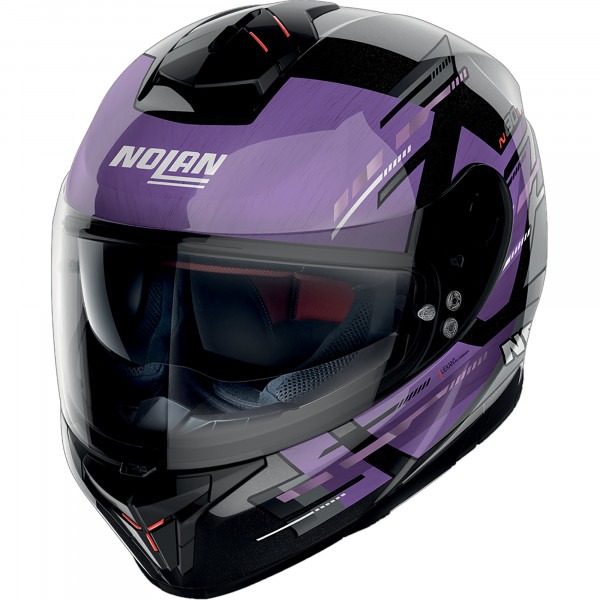
Visibility is a major safety factor when choosing a motorcycle helmet. It not only affects how well a rider can see, but also how well they are seen by others. A helmet with high visibility can significantly reduce the risk of accidents. Here are key points about helmet visibility and rider safety:
- Bright Colors Enhance Presence: Helmets in bright colors or with reflective material make riders more noticeable.
- Wide Visor Aperture Helps Sight: A larger visor opening improves peripheral vision, an important aspect for safe riding.
- Visor Clarity Is Crucial: Clear visors free from scratches and fog allow for unobstructed views.
- Eye-Port Size Matters: Larger eye-ports ensure a wider field of view for riders, crucial for spotting hazards.
- High-Visibility Accessories: Adding reflective stickers or using helmets with built-in lights increases visibility further.
- Helmet Design Plays a Role: Some helmets are designed with features like sun peaks or visor extensions that can limit visibility and should be considered carefully.
- Maintenance Is Key: Keeping visors clean and replacing them when damaged maintains good visibility.
In conclusion, good helmet visibility is essential for road safety. Always choose a helmet that offers clear vision and makes you visible to others. Consider helmets with wider visor apertures, opt for bright colors, and maintain the visor well for the safest ride.
Conclusions: Making an Informed Helmet Choice
Choosing the right motorcycle helmet involves a series of informed decisions based on multiple factors. These include understanding helmet materials, weighing the safety versus convenience of full-face versus modular helmets, and considering the overall weight of the helmet for comfort and safety.
- Research Well: Dive into SHARP ratings to compare safety records. Opt for helmets that meet rigorous testing standards irrespective of their price.
- Consider Helmet Type and Material: Decide between full-face and modular based on your riding habits. Also, evaluate materials—carbon is lightest, but others like fiberglass offer a good balance of weight and protection.
- Price Isn’t Always a Safety Indicator: Remember, some affordable helmets rank high on safety. Expensive does not always mean safer.
- Visibility and Comfort: Look for helmets with a wide visor aperture for better visibility. A comfortable fit is crucial for prolonged use.
- Brand Reliability: Trusted brands often have consistent safety ratings. Check updated SHARP ratings for the latest data.
By balancing these elements, riders can select a helmet that provides the best combination of safety, comfort, and value.
More Details